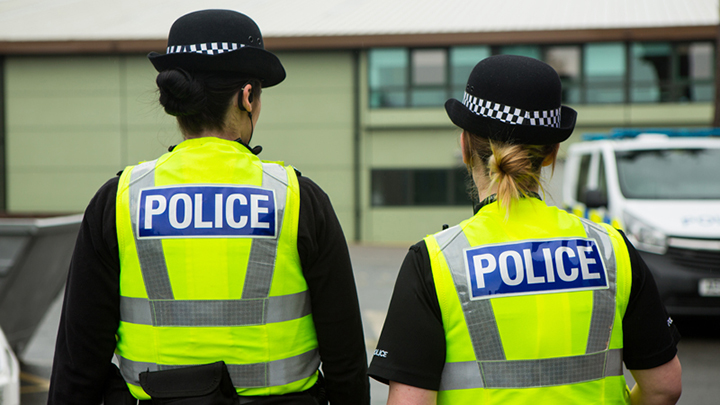‘Stop and search research flawed’
16 October 2018
Research claiming to highlight racial disparities surrounding police use of stop and search is flawed and reveals a deep misunderstanding, according to the Police Federation of England and Wales.
And the Federation’s national lead on stop and search, Simon Kempton, argues researchers should not look simply at who was searched but who was available to be searched.
“Simply labelling police officers as racist is not only hugely insulting, and demonstrably wrong, but it serves to embolden those criminals wreaking havoc in our most vulnerable communities. The public, all of us, deserve honest debate based on accurate facts”, he says.
‘The Colour of Injustice: Race, drugs and law enforcement in England and Wales’ report, based on research carried out by the London School of Economics and Political Science, suggests that while police use of stop and search powers has fallen significantly, there has been an increase in racial disparities in the policing and prosecution of drug offences.
“The headline result is formed on a flawed premise - that the demographics of the United Kingdom are spread evenly across the country and that stop and search rates are uniform across the UK too,” says Simon.
“The 2011 census shows that 86 per cent of people in our country identify as ‘white’. On the face of it, then, any proportion of searches out of step with this number suggests an issue. This is the basis of this report and others like it. The truth, however, is not so simple.”
The report also states that in 2016-17, black people were stopped and searched at 8.7 times the rate of white people for drugs, and 7.9 times the rate of white people for other offences.
But Simon explains that around half of searches are undertaken in London alone which has a much different make-up to the rest of the country: “Only less than 60 per cent of Londoners identify as ‘white’ which immediately puts a different slant on these figures, far from the hyperbolic headlines we too often see. And when we look at the positive outcomes of those searches, they are scrupulously fair across ethnicities as highlighted recently by Commissioner Cressida Dick.
“Indeed, Home Office figures, when examined properly and fairly, give a very different narrative on the use of stop and search. This Government research showed that calculating relative stop and search rates in this way is very misleading. Researchers should not look simply at who was searched, but at who was available to be searched.
“They should also remember that rates of stop and search have increased in response to the recent exponential rise in knife crime. Indeed former chair of the Equality and Human Rights Commission, Trevor Phillips OBE, has himself called for an increase of and change in policing methods in areas most experiencing this epidemic of violence.
“This by definition will bring more stops in areas with a higher proportion of ethnic minority residents, something supported by the Mayor of London and, most importantly, those residents who are far more likely to be the victims of crime, are calling for police action to keep them safe.
“It’s a sad fact that crime levels are higher in more deprived areas as people feel more disenfranchised and left behind by society. And it is the police who are left to pick up the pieces where these problems manifest themselves.”
Simon concludes that stop and search is a vital policing tool enabling officers to target and disrupt crime and argues that all criminals should expect to be stopped by police instead of being able to act as if they have impunity when they leave their house to commit crime. But he acknowledges it must be used legitimately to maintain the trust of communities.



















